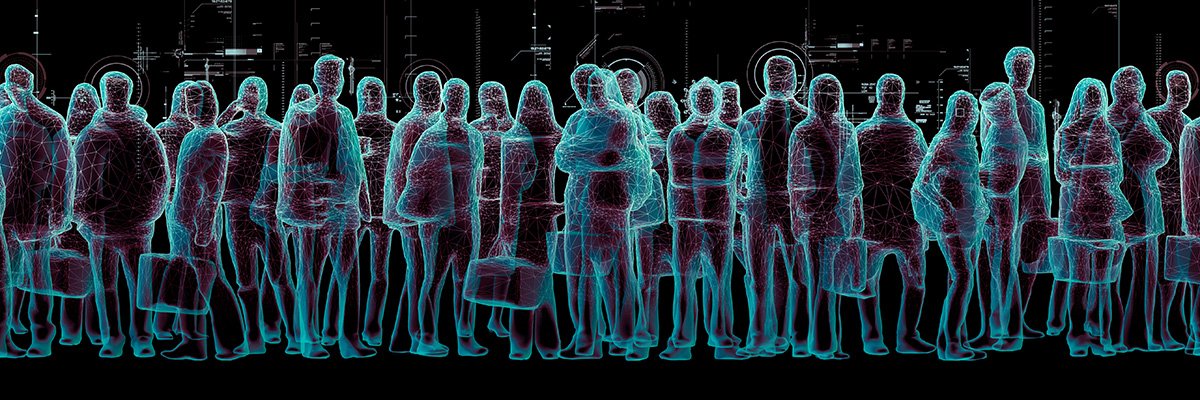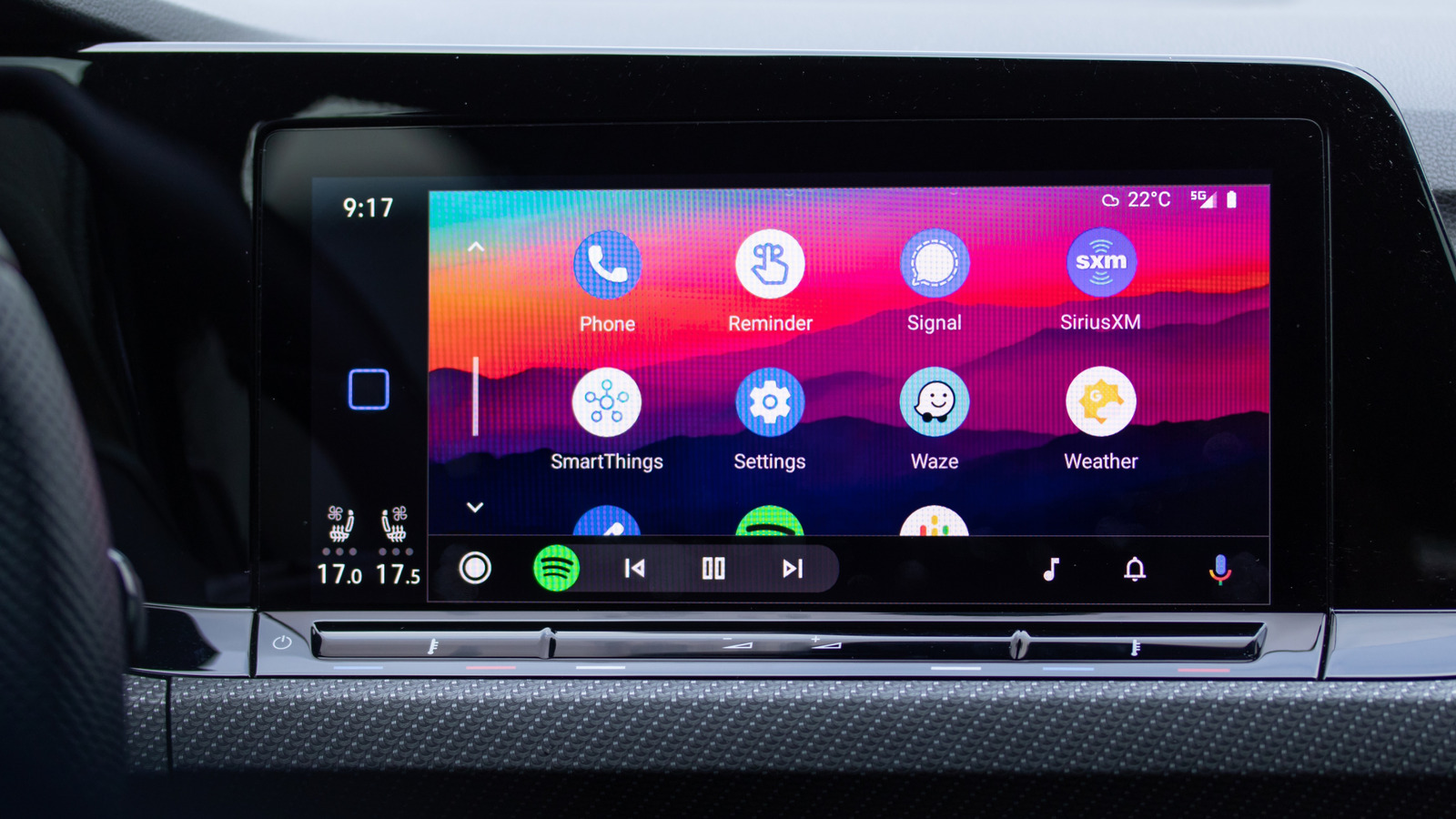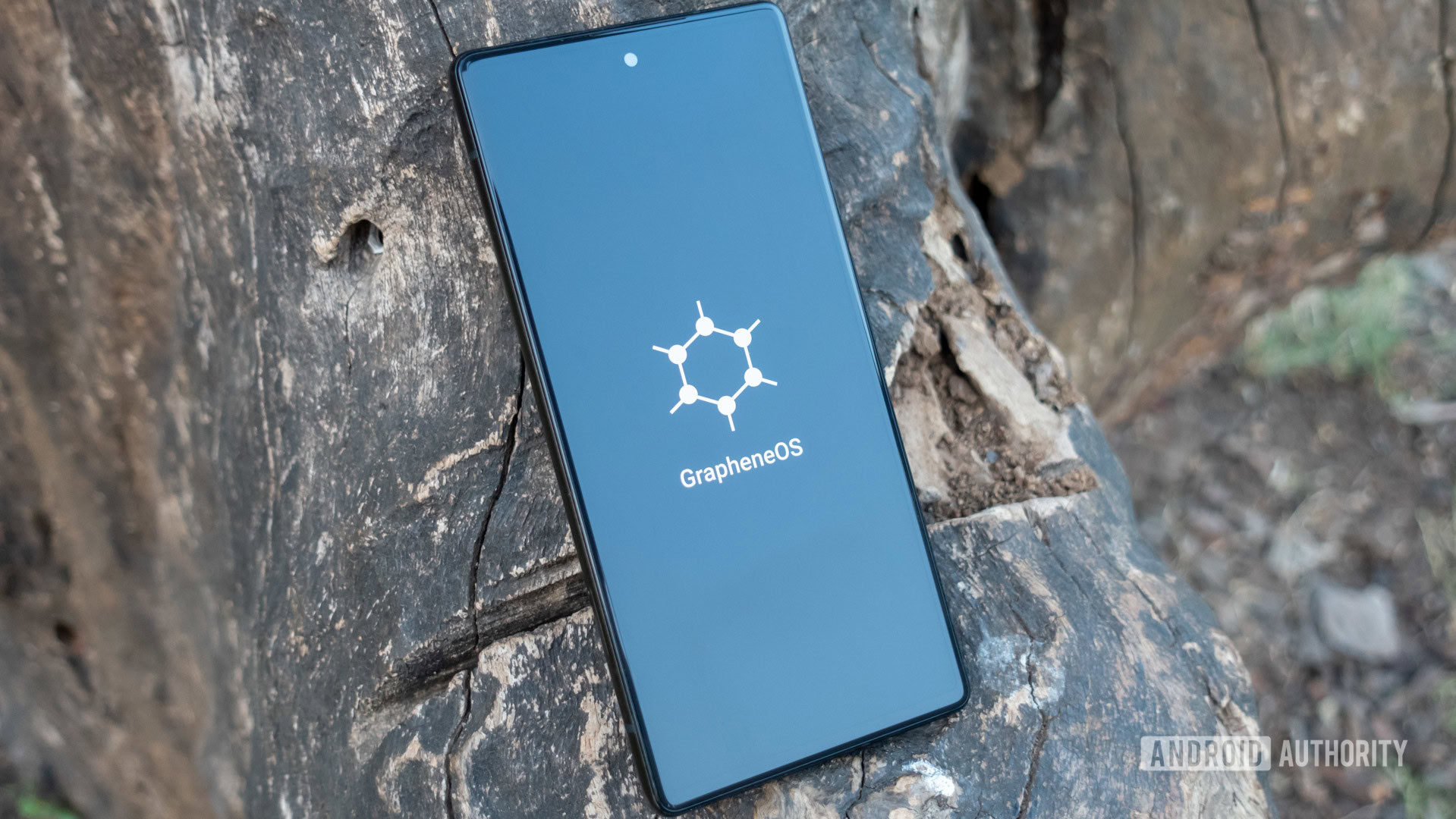The Nintendo Switch 2 features several exclusive titles I’m excited to play, but how you access these games may differ from previous iterations of the console. The Switch 2 supports regular game cards, where the game files fit on the physical cartridge, but also game-key cards, which don’t actually contain the full game data. It’s confusing, I know, but here’s what you need to know before buying Star Wars Outlaws or Final Fantasy VII Remake.
What Is a Game-Key Card?
As Nintendo explains, game-key cards are “your ‘key’ to downloading the full game to your system via the internet.” They come in a case and include cartridges that slide into the Switch 2, like any other physical release. However, you’ll be shocked to learn that you’ll need an internet connection to download the game’s files before playing.
After that initial download, you won’t need a connection to play, but the card does need to be inserted into the Switch 2. Game-key cards are also not tied to a Nintendo account, so you can use them on other Switch 2 consoles or lend and resell your games. (Nintendo also released a Virtual Game Card system that will make it easier to share digital games going forward, too.)
(Credit: Nintendo)
I’m sure you’re wondering why this even exists, right? Switch 2 cartridges top out at 64GB, but they’re expensive for the publisher to use, so game-key cards will help get games into physical stores for a lot less money, Nintendo tells The Verge.
Many have criticized Nintendo for devaluing physical media, leading the company to poll Japanese players about their feelings on the game-key card. But it’s important to note that the Switch 1 already had a similar concept. Ever purchase a compilation title? There’s one game on the cart and the others need to be downloaded. Plus, PlayStation and Xbox have had code-in-a-box releases for years.
How to Tell If You’re Buying a Game-Key Card
Nintendo provides a helpful indicator on the box, but I needed to squint to read it. As illustrated in the image below, the case shows the game’s rating in the bottom-left corner. Next to that is a key logo and the words GAME-KEY CARD. In very, very small print, it also says how many gigabytes of free space you need and a note: “Full game download via internet required.”

(Credit: Nintendo)
While I think we’ve moved beyond the days when confused parents couldn’t tell the difference between the Wii and Wii U, Nintendo notes the Switch 2 “supports both regular game cards and game-key cards,” which I think still leaves some room for consumer confusion. If a publisher opts to use the game-key card format, there won’t be a separate “true” physical release (at least not yet), but I fear folks might still grab a game off the shelf in Target only to get home and realize it’s a game-key card.

Get Our Best Stories!
Your Daily Dose of Our Top Tech News

By clicking Sign Me Up, you confirm you are 16+ and agree to our Terms of Use and Privacy Policy.
Thanks for signing up!
Your subscription has been confirmed. Keep an eye on your inbox!
But does it matter? The console has 256GB of internal storage, expandable via microSD Express cards, up from 32GB on the Switch 1, so there’s plenty of room if game files need to be saved locally. In the end, the game will still “be there,” but if physical media matters to you, I can see this being a deal-breaker. After all, if a game is on the cart, it can be theoretically played forever. If you need an internet connection to download the game, I worry what will happen when those servers go offline one day.
Which Games Are Game-Key Cards?
Looking at the listings on Target and GameStop, I’ve noticed that many publishers decided to use the game-key card format. This is allegedly because Nintendo is only offering third-party developers the 64GB cartridge or the game-key card—there is no smaller, standard physical cart. This would explain why nearly every major AAA release (and even some smaller games) is on a game-key card, since publishers don’t want to pay extra for the more expensive storage space. Here’s a (non-exhaustive) list of games that are on a game-key card if you’re trying to buy physical:
Recommended by Our Editors
Each of these games will require an internet connection to download before playing. Civilization VII, Split Fiction, Tony Hawk’s Pro Skater 3+4, and WWE 2K25 are actually only a code in a box. I can image there will be more (of both) in the future; the Switch 2 only just launched.

(Credit: PCMag / Target)
Just be careful before buying online—I’ve seen at least one game show no Game-Key Card on one site, but feature it on another. Others are noticing as well, since “temporary” box art for pre-orders can lack the game-key card labels. I recommend checking multiple sites and reading through the product description to be sure. If you’re truly dedicated to physical releases, one workaround I’ve seen discussed is buying the Switch 1 version and upgrading it to the Switch 2 version after the fact.
Nintendo seems to be banking on a lot of AAA releases heading to the Switch 2, including Final Fantasy 7 Remake and Elden Ring, both of which feature pretty hefty file sizes. That said, Cyberpunk 2077’s devs managed to fit the game on a 64GB cart, so I think more true physical releases are possible (but only if they’re willing to pay extra for it). Otherwise, most games—especially smaller titles like Puyo Puyo Tetris 2S, which is just 4GB on Steam, will simply be a game-key card.
About Our Expert

Jason Cohen
Senior Editor, Help & How To
Experience
As PCMag’s editor of how to content, I have to cover a wide variety of topics and also make our stories accessible to everyday users. Considering my history as a technical writer, copywriter, and all-around freelancer covering baseball, comics, and more at various outlets, I am used to making myself into an expert.
I believe tech corporations are bad, but you might as well know how to use technology in everyday life. Want more how to content delivered right to your inbox? Sign up for the tips and tricks newsletter that I curate twice a week.
My job as how-to guru means I use just about every gadget under the sun, so I can figure out how everything works. I work from a Lenovo ThinkPad running Windows 11, but also have a very large Dell Inspiron 17 3000 and Apple silicon MacBook. I also have a Google Pixel 6a for personal use and use a Galaxy Z Flip 4 for additional Samsung-related testing. For iOS coverage, an iPhone 13 mini works like a charm, though it’s already becoming a little long in the tooth.
My desktop situation includes a dual monitor setup with a modest Acer monitor. I also use a Logitech mouse (who can use these ThinkPad trackpads) and a Havit keyboard (my first mechanical keyboard; I love it but my wife hates it!). I’m a recent convert from wired headphones; I have Anker Soundcore Liberty Air wireless earbuds for personal use and have taken to the Sennheiser HD 450BT headphones for work.
Whenever I have a second to myself, I’m probably gaming on my Nintendo Switch, Steam Deck, or Xbox Series S. I also still have a bunch of classic consoles lying around as well.
Read Full Bio







